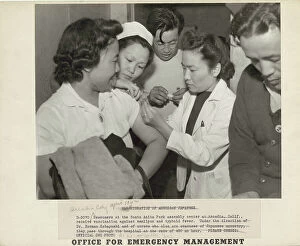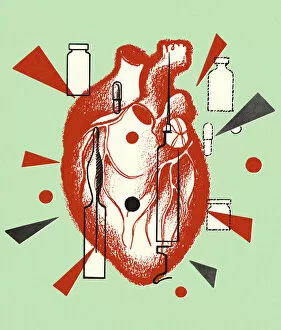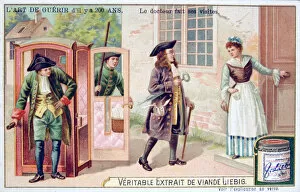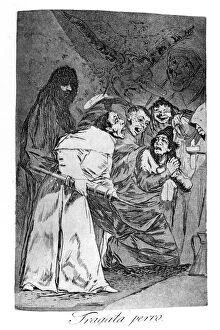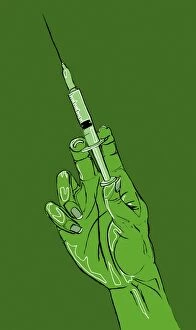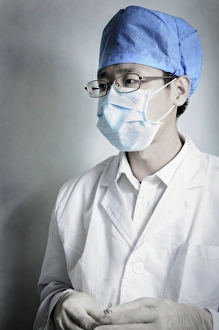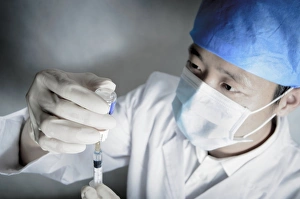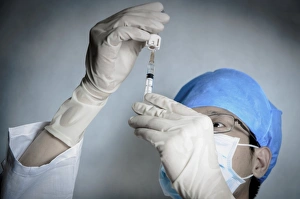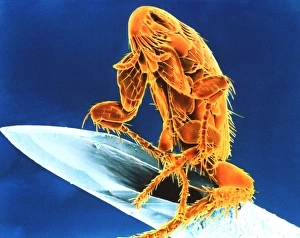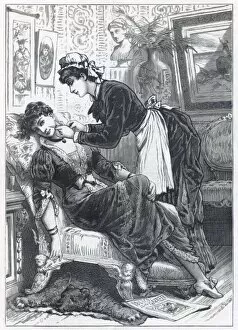Hypodermic Collection
"Hypodermic: Exploring the Art and Science of Medical Innovation" Platelet-rich plasma treatment, artwork
All Professionally Made to Order for Quick Shipping
"Hypodermic: Exploring the Art and Science of Medical Innovation" Platelet-rich plasma treatment, artwork, and Hypodermic Text Transfer Protocol - these diverse elements converge in the fascinating world medicine. From ancient practices to modern advancements, this caption delves into the multifaceted nature innovation. The concept of injecting substances beneath the skin has a rich history dating back centuries. As depicted in Francisco Goya's "Fragata perro" from 1799, medical practitioners have long explored various methods to deliver treatments directly into the bloodstream. Fast forward to c1900 when doctors made house calls armed with their trusty syringes as seen in "The doctor makes his visits. " These vintage images capture a time when hypodermics were becoming more commonplace. In parallel with artistic representations, technological progress also played a pivotal role in advancing hypodermic techniques. The introduction Text Transfer Protocol revolutionized communication between medical professionals regarding patient care and research findings. This digital platform facilitated global collaboration and knowledge exchange like never before. Meanwhile, lithographic illustrations such as those found in Army and Navy Stores Catalogue from 1939-40 showcased common forms of syringes available during that era. These visual aids not only informed potential buyers but also highlighted how design evolved over time for improved functionality and ease-of-use. One cannot discuss hypodermics without acknowledging its impact on medical procedures beyond human health alone. Injecting a corn stalk may seem peculiar at first glance; however, it exemplifies agricultural advancements where farmers utilize innovative techniques to enhance crop growth through targeted nutrient delivery. Ultimately, this captivating journey through artistry, technology, history, and practical applications demonstrates how hypodermics have shaped our understanding of medicine today.

